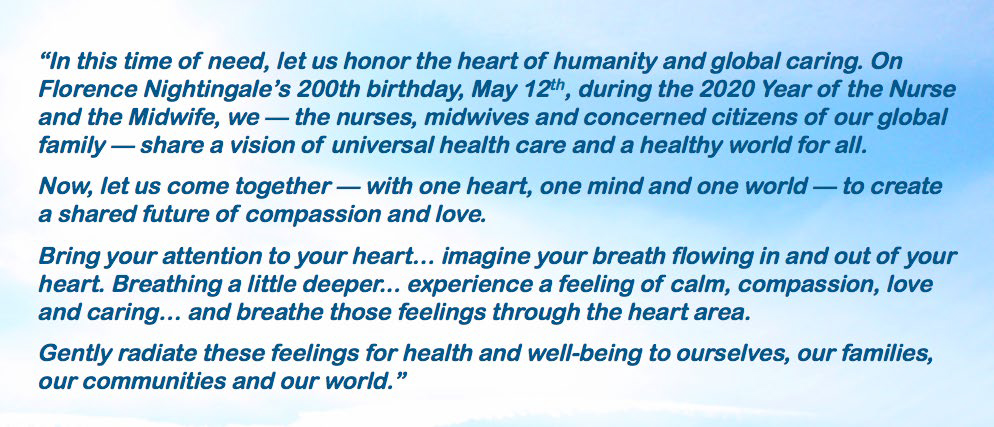

The second level, the text base, contains the text’s meaning usually represented as a network of coherently connected propositions.

This process involves at least three levels of representation (Dijk and Kintsch 1983): the first level is a quickly decaying representation of the text surface that represents the text information in its verbatim form. Text comprehension can be defined as a process of forming a coherent mental representation of the information conveyed by the text (Graesser et al. Text comprehension and coherence formation The present study explores how pictures that illustrate auditory narrative text affect the processes of establishing coherence in children aged 9–12 years. Existing research on this matter has predominantly focused on adults’ processing of combinations of pictures and written language (e.g., Cohn and Wittenberg 2015 Magliano et al. While combinations of text and pictures have been researched extensively in the context of multimedia learning (e.g., Mayer 2005), far fewer studies have explored how visual narrative content affects the basic processes of establishing coherence, a central aspect of comprehension.

Cognitive processing of visual narratives is a relatively new field of study (Cohn and Magliano 2020). Many children’s books are illustrated, thus constituting visual narratives. Bedtime stories are an important part of many families’ daily routine and throughout their time at elementary school, children become increasingly proficient and frequent readers. Narrative text is a very common text genre encountered by children. Children are exposed to texts daily from an early age.


 0 kommentar(er)
0 kommentar(er)
